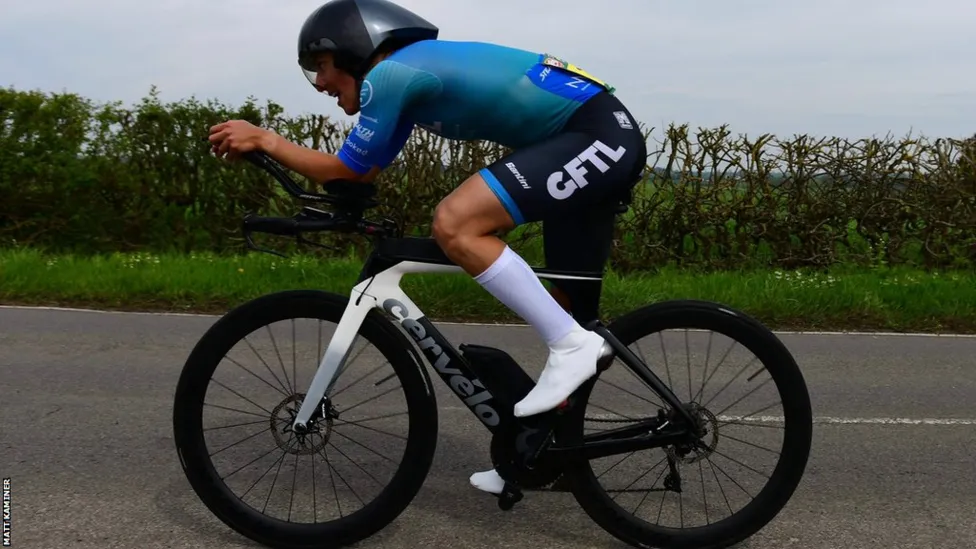Kenya Wildlife Service (KWS) and Loisaba Conservancy on Tuesday, November 5 announce the arrival of a very special new resident at Loisaba!
On October 16, 2024, Kibou, an eight-year-old black rhino originally from Ol Pejeta Conservancy gave birth to her first calf at Loisaba. Both mother and calf are doing well, though Kibou has been fiercely protective, making it challenging to get close enough for high-quality photos.
This historic moment marks the first black rhino birth since the translocation earlier this year, bringing the population of black rhinos in Loisaba to 22 black.
This translocation marks a significant milestone in the recovery of Kenya’s black rhino population, which has grown from 400 individuals in 1989, when the Kenya Wildlife Service was established, to over 1,000 today.
Kenya now hosts the third-largest rhino population in Africa, following South Africa and Namibia. Kibou’s calf was affectionately named Valentine, in honour of Loisaba’s “Welcome Home Rhinos” event held on February 14.
This birth not only symbolises hope for black rhinos in Kenya but also reinforces the importance of connected, protected habitats that support sustainable rhino populations.
“Together, KWS and Loisaba are committed to ensuring that black rhinos like Valentine have safe spaces to thrive, now and in the future,” KWS says in a statement.
KWS adds that Kibou’s journey to motherhood is a testament to the power of collaboration in conservation, and “we’re excited to continue this journey with our partners and community.”
“Kenya’s renewed efforts in creating wildlife corridors and conservancies reflect a shift toward more inclusive conservation, ensuring that local communities who coexist with wildlife are integral to the process. This first rhino birth at Loisaba since the translocation earlier this year reaffirms the importance of expanding and connecting protected habitats. By prioritising wildlife recovery and habitat restoration, KWS aims to establish thriving wildlife populations, particularly for endangered species, so they may endure for future generations,” said Dr. Erustus Kanga, Director General, KWS.











